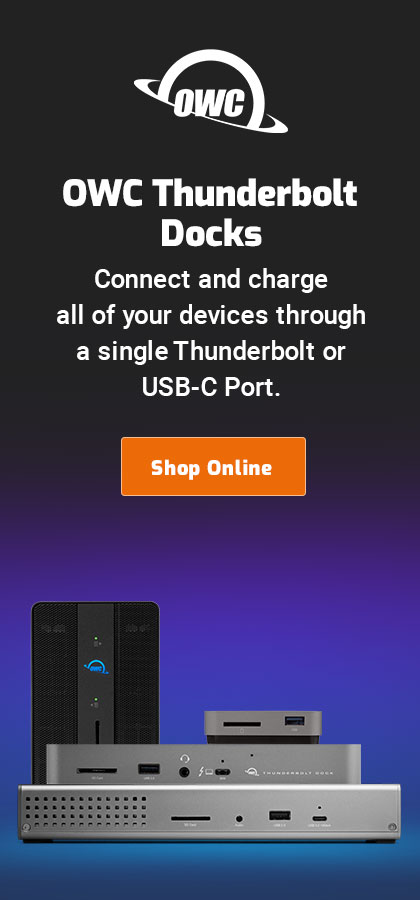
|

|

|

$610 SAVE $110 = 15.0% ZEISS 32mm f/1.8 Touit Lens for FUJIFILM X OUT OF STOCK in Lenses: Mirrorless
|

|
Optimizing your Mac: Fast Hard Drive or SSD
Related: hard drive, How-To, iMac, laptop, Mac Pro, MacBook, MacBook Pro, optimization, RAID, SSD, storage
Solid state drives are your very best performance bet:
On systems other than the Mac Pro and XServe, the boot drive is used for everything. Boot time, application launch time, access to files, virtual memory performance are all influenced by the speed of the boot drive.
Rules of thumb for fast hard drive
Solid state drives (SSD) evade most of the performance considerations discussed here.
- Use a 7200 rpm drive
- Make sure the drive is 7200 rpm (the speed at which it spins), not 5400 or 4200 rpm. A slow-spinning drive transfers much less data per revolution of the drive platter. Laptop users can see a much more responsive system at low cost by upgrading to a drive like the Hitachi Travelstar 7K1000. See also Recommended Hardware.
- Use a drive with a 16MB or 32MB cache
- Current top-performing hard drives offer a 16MB or 32MB on-board cache. This allows read-ahead for much faster small reads, and caching of writes for faster turnaround. Even notebook/laptop drives now offer 32MB caches.
- Use less than half the drive capacity
- By using less than half of the drive capacity, the fast part of the drive will be used. See Why You Need More Space Than You Need.
- Consider partitioning
- Even for the boot drive, consider a disk partition (use twice the size you think you need). This can force activity to use the fast part of the drive.
- Consider multiple disks
-
With the Mac Pro, separate system/applications from your data; make sure the data drive is a top performer. This approach can also work with a MacBook Pro, or any Mac with Firewire 800. See Recommended Hardware.
- Consider RAID for performance
- This is easiest and fastest with a Mac Pro, which can accommodate multiple internal hard drives, but is also feasible on a MacBook Pro with eSATA. See the RAID page.
- Delete unused files
- By deleting unused files, you free up space, which allows the files that are being used to reside on the faster part of the disk.
Switching the boot drive
It’s easy and fast to switch your drive in terms of making a perfect clone of what you have. So it’s easy to do on a Mac Pro, MacBook Pro, MacBook and even a MacMini.
The Apple iMac design makes swapping the drive a nightmare— get professional help. It’s one very good reason to avoid the iMac: it’s a dead-end Mac in terms of future upgrades. The internal iMac drive can be swapped, probably for $100 or more labor cost, and some risk of dust inside. With other Macs, you can do it yourself, and hard drives do fail.

 diglloydTools™
diglloydTools™

